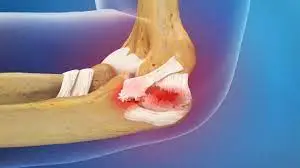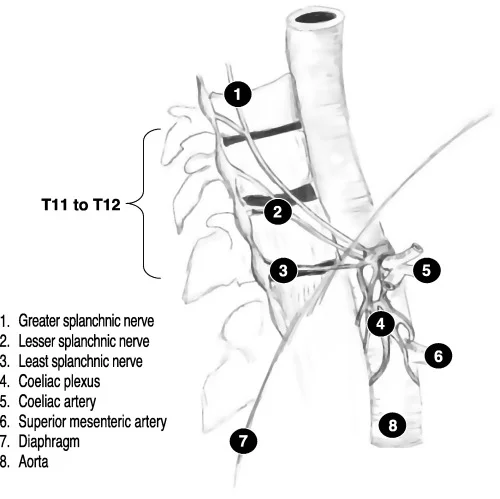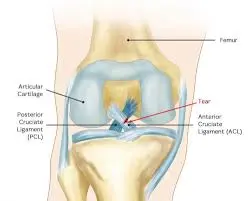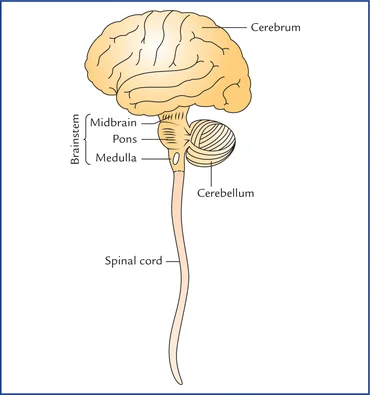Ulnar Collateral Ligament Injury
Introduction: The ulnar collateral ligament (UCL) is a key stabilizing ligament on the inner side of the elbow, connecting the humerus to the ulna. UCL injuries often occur due to repetitive stress from overhead motions, commonly seen in athletes like baseball pitchers and javelin throwers. An internal elbow injury is caused by damage to the…










